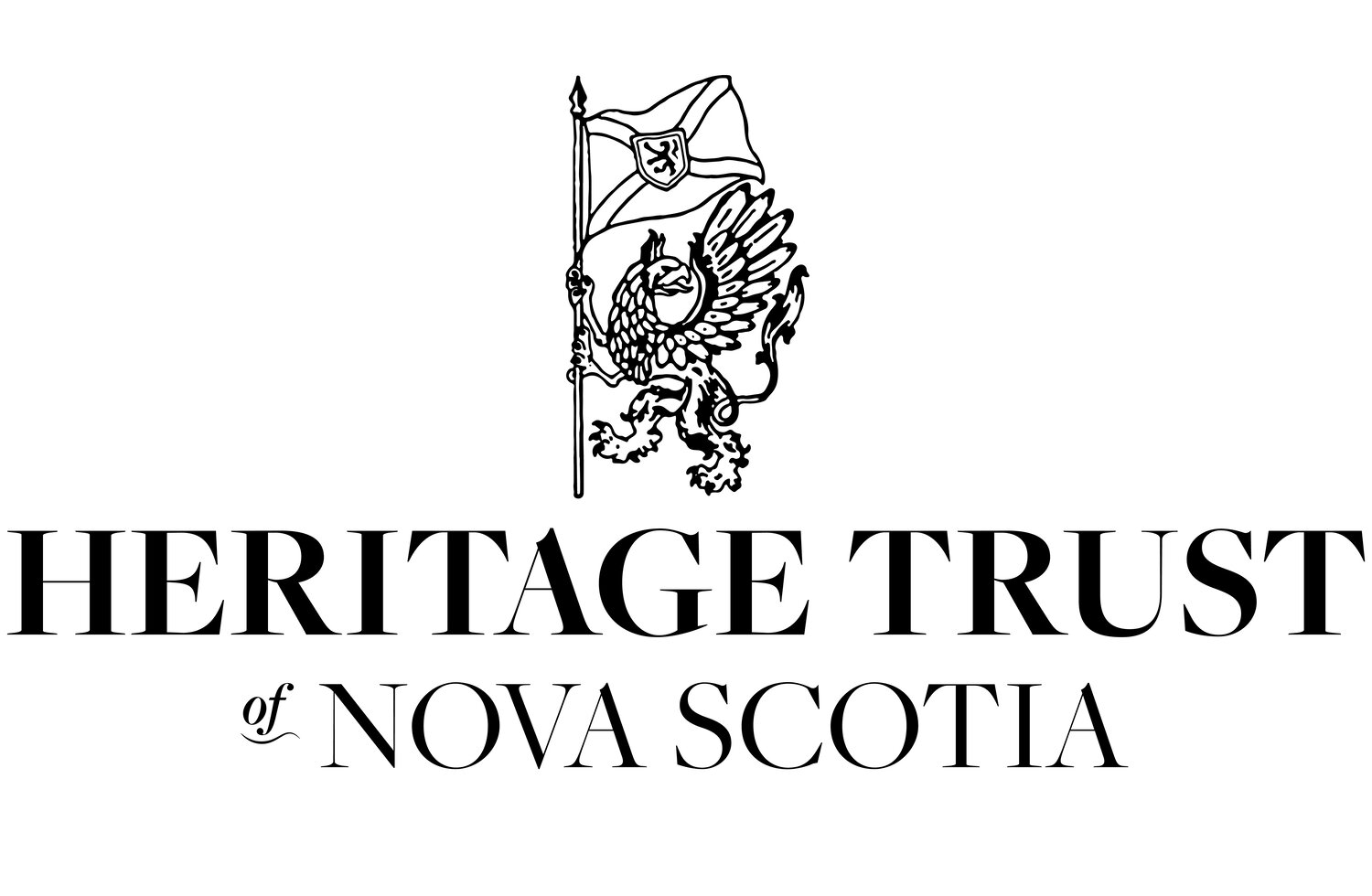
Since 1959, we have worked to protect the built heritage that makes our province so special.
About Us
Our Mission
The Heritage Trust exists to preserve and protect Nova Scotia’s built heritage for the enjoyment and benefit of present and future generations.
Our Vision
The vision of the HTNS is a province where Nova Scotians recognize that built heritage enhances our quality of life and wellbeing, contributes to a sense of place, and provides social, economic and environmental benefits.
Our Mandate
The Mandate of the HTNS is the preservation and protection of Nova Scotia’s built heritage, which encompasses structures, districts, and landscapes of architectural, historical and cultural significance.
Within this mandate, the Trust:
conducts research, delivers educational programs and publishes materials that advance the public appreciation of and strengthen protections for Nova Scotia’s built heritage;
provides resources that assist the stewards of heritage buildings to maintain their properties in a manner that respects the heritage character while adapting them to contemporary uses;
advises government, heritage organizations and the public on matters pertaining to the preservation and promotion of Nova Scotia’s built heritage;
provides grants to qualified recipients to assist stewards of built heritage to preserve and maintain those heritage resources;
promotes the value of built heritage
acquires real property as necessary to further the aims of the Trust.
Our Values
The Heritage Trust of Nova Scotia values:
Built Heritage in all its forms and the living legacy these resources represent;
Diversity and the way in which our built heritage can tell the stories of the varied cultures and people who have shaped Nova Scotia’s history;
Sustainability and the role that heritage preservation can play in both environmental, economic and community sustainability;
Craftmanship, quality and traditional practices, which are embodied in Nova Scotia’s built heritage and their stewards;
Rigorous research and best practices in heritage preservation, which we strive to exemplify and encourage;
Partnerships and working cooperatively with peer organizations, educational institutions, government and the public to advance the cause of built heritage preservation;
Accessibility, both physical and intellectual
Our Team
The Heritage Trust’s important work is made possible by the contributions of our dedicated volunteer Board of Directors and our staff. Learn more about them by clicking here.
Our Committees
Our committees are chaired by members of our Board of Directors and made up of board members and volunteers. We are always happy to welcome new volunteer members.
For information on our current committees, email us at contact@htns.ca or call 902-423-4807.
Heritage Trust By-Laws
The Trust By-Laws officially set forth the objective of the Heritage Trust of Nova Scotia as well as its organizational structure and committees.
2024-2027 Strategic Plan
Starting in 2023 the Trust began the process of creating a new strategic plan to guide our work for the coming 3 years. We solicited input from members of the public as well as past and present members of the Board of Directors and past and present staff. The result was the plan that can be read here:
Annual Reports
Annual Reports are released each year in conjunction with the Annual General Meeting.
Minutes from the 2022 HTNS AGM
2023 Executive Director’s Report
2023 Education Committee Report
Our History
Founded in 1959, we have fought to save some of the most architecturally and culturally significant structures in the province. These include the stone warehouses on the Halifax waterfront which are now Historic Properties, the Lent House in Freeport, the Carleton Hotel in Halifax, and numerous others. We have advocated for strong heritage preservation legislation at the municipal, provincial and national levels. We have also provided support for the designation of more than a hundred heritage structures across the province.
Building on our long history of work in built heritage preservation we maintain a reference collection of materials connected to the preservation of Built Heritage in Nova Scotia and beyond.
The Heritage Trust of Nova Scotia was formed in 1959 in direct response to the proposed demolition of Enos Collins' Halifax House Gorsebrook (see photo), an outstanding Georgian-style home that stood on the site of today's Saint Mary's University hockey rink . Those who formed the Trust were determined to arrest the random decimation of Nova Scotia's built heritage.
Our Logo
The original drawing of the Griffin logo by Donald Cameron MacKay.
The Griffin has been our logo since July of 1959, four months after our founding in March of that year. The logo was designed by artist, author, and principal of the Nova Scotia College of Art, Donald Cameron MacKay. MacKay was a heraldic specialist and provided the following explanation of his heraldically influenced design:
Vert, a griffin, segreant, regardant on armed and langued azure - bearing the flag of Nova Scotia, argent a saltire azure, an inescutcheon or, double tressurer fluery-counter fluery, a lion rampant gules. A gold griffin with a blue beak and claws holding the flag of Nova Scotia. The griffin was the guardian of ancient treasure, here he is shown bearing the flag of Nova Scotia, advancing to the future but regarding the past. He is represented as the fore part of an eagle, with Ears, and the powerful hindquarters of the lion. — D. C. M.
The copyright for the Griffin’s design was transferred from MacKay to the Trust upon his death. By the early 1970s, the Trust had adopted a modernized version of the Griffin which was used on Trust publications. This modernized logo was then digitized and incorporated into the Trust’s 2021 brand refresh.


